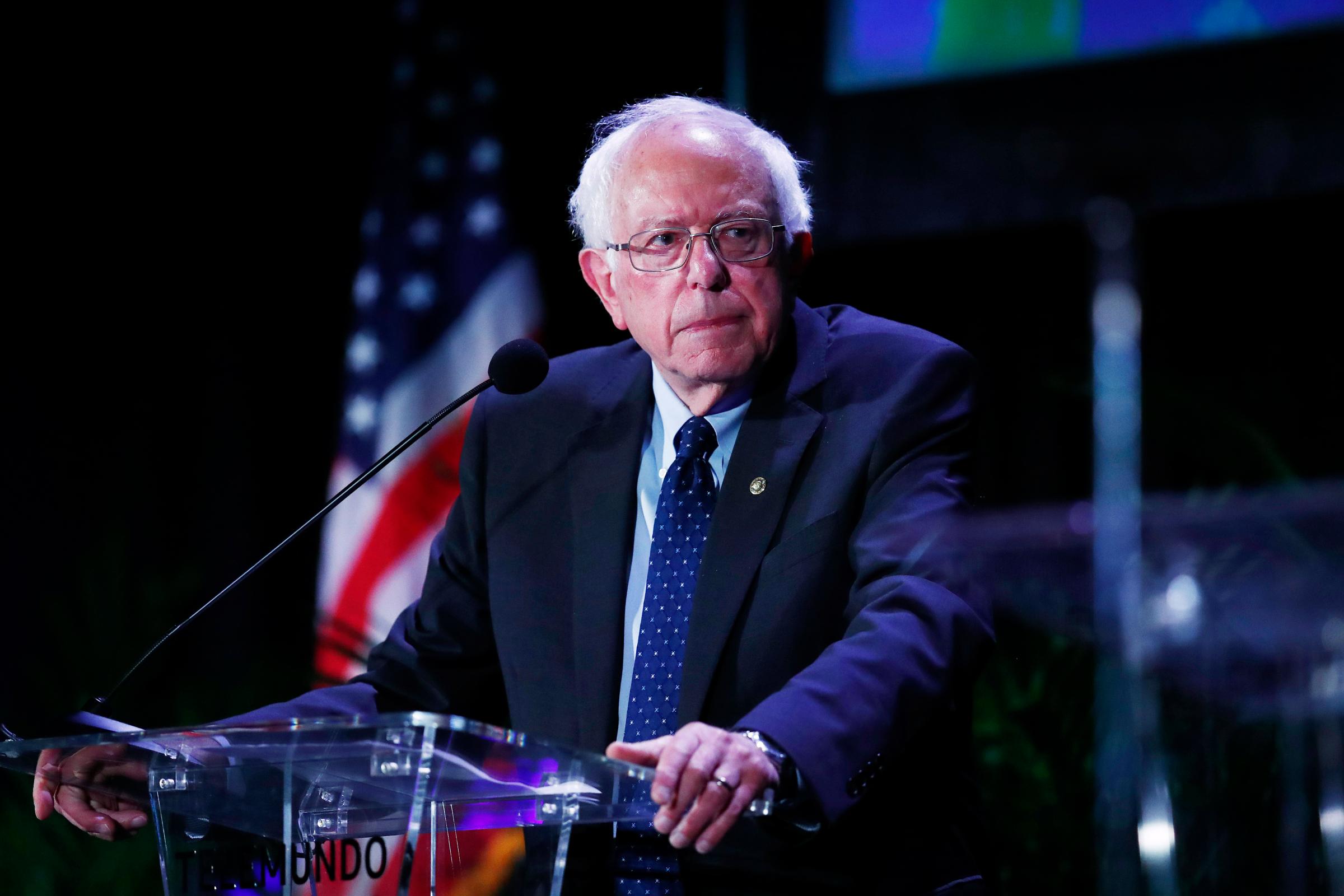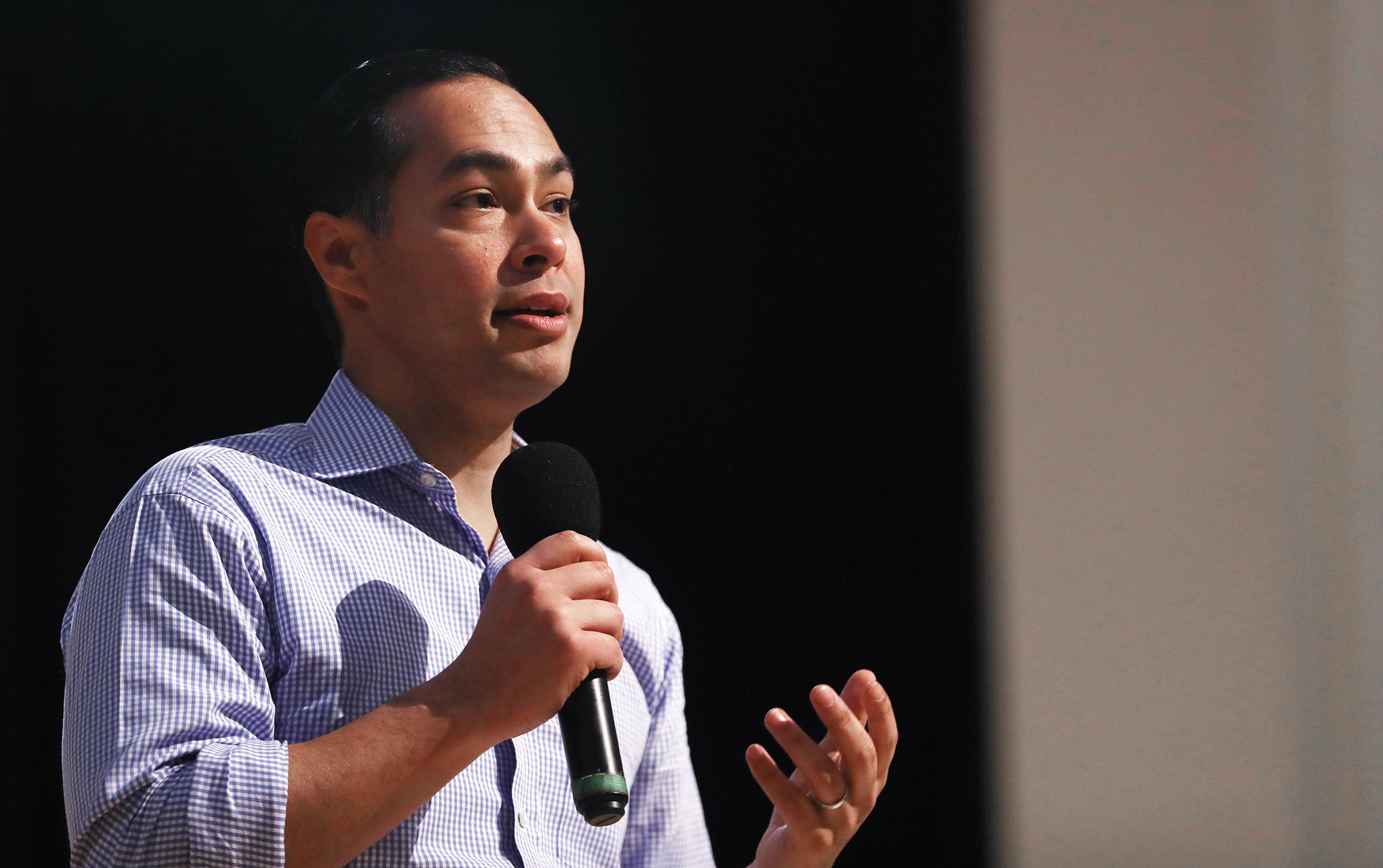Elizabeth Warren and Julían Castro want to help pay off student loan debt. Bernie Sanders wants to forgive it entirely.
Student loan forgiveness has become a hot topic in the 2020 Democratic presidential primary, with two of the top liberals putting forward competing plans.
Here’s a closer look at the proposals.
What are the plans?

Building on his plans to make community college tuition-and-fee free in his 2017 College for All proposal, Vermont Sen. Bernie Sanders unveiled a new plan on Monday to cancel all student loan debt in America, partnering with Reps. Pramila Jayapal, Ilhan Omar, and Alexandria Ocasio-Cortez. On Monday, the group announced a new proposal that would relieve $1.6 trillion of debt for approximately 45 million people, regardless of income, including all private and graduate school debt as well.
Sanders’ support for this latest plan represents an escalation in his policy arms race with Warren, who released a plan in April that would eliminate up to $50,000 of student loan debt for people earning less than $100,000 per year. In total, Warren’s proposal would cancel approximately $640 billion of student debt for approximately 42 million people.
At a press conference on Monday morning, Sanders cut off a reporter who tried to ask a question about Warren’s proposal.
Julian Castro, the former Housing and Urban Development Secretary and San Antonio mayor, has also called for partial student loan debt relief as a part of his larger education plan. On his campaign website, he has said that monthly payments should be capped at $0 until borrowers are earning 250% of the federal poverty line.
Sanders and Castro have both said they would aim to make public college, community college, and trade schools / technical and vocational programs tuition-free. The Sanders-backed bill would allocate $48 billion per year for this purpose. Warren, by contrast, has written that she would eliminate tuition and fees at two- and four-year public colleges.
In addition, the Sanders bill would triple work study, expand Pell grants, and allocate $1.3 billion per year for low-income students at historically black colleges and universities. By comparison, Castro’s education plan would allocate more than double that amount to HBCUs, at $3 billion annually.
How would they pay for it?

“Our proposal, which costs $2.2 trillion over 10 years, will be fully paid for by a tax on Wall Street speculation,” Sanders said at a press conference on Monday morning. The proposed taxes are a 0.5% tax on stock trades, 0.1% on bond trades, and 0.005% on derivative trades.
Warren’s campaign estimates that her plans for debt relief and tuition-free college would cost $1.25 trillion over ten years. She would aim to pay for it with an “ultra-millionaire” tax: an annual 2% tax on wealth above $50 million, with an additional 1 percent on wealth exceeding $1 billion.
Castro’s education plan — which includes other initiatives including universal pre-K, modernization of schools, and a federal tax credit to increase teacher pay — would cost approximately $1.5 trillion. His campaign told the Texas Tribune that he would pay for it by replacing the Republican tax overhaul of 2017 with an unspecified “more fair tax plan.”
What do voters think?

Warren’s plan is popular, with a Politico/Morning Consult poll indicating that a majority of registered voters supported the idea, when it was presented to them with no attribution.
It remains unclear how much approval the Sanders or Castro plans currently have with voters.
More Must-Reads from TIME
- Cybersecurity Experts Are Sounding the Alarm on DOGE
- Meet the 2025 Women of the Year
- The Harsh Truth About Disability Inclusion
- Why Do More Young Adults Have Cancer?
- Colman Domingo Leads With Radical Love
- How to Get Better at Doing Things Alone
- Michelle Zauner Stares Down the Darkness
Contact us at letters@time.com
